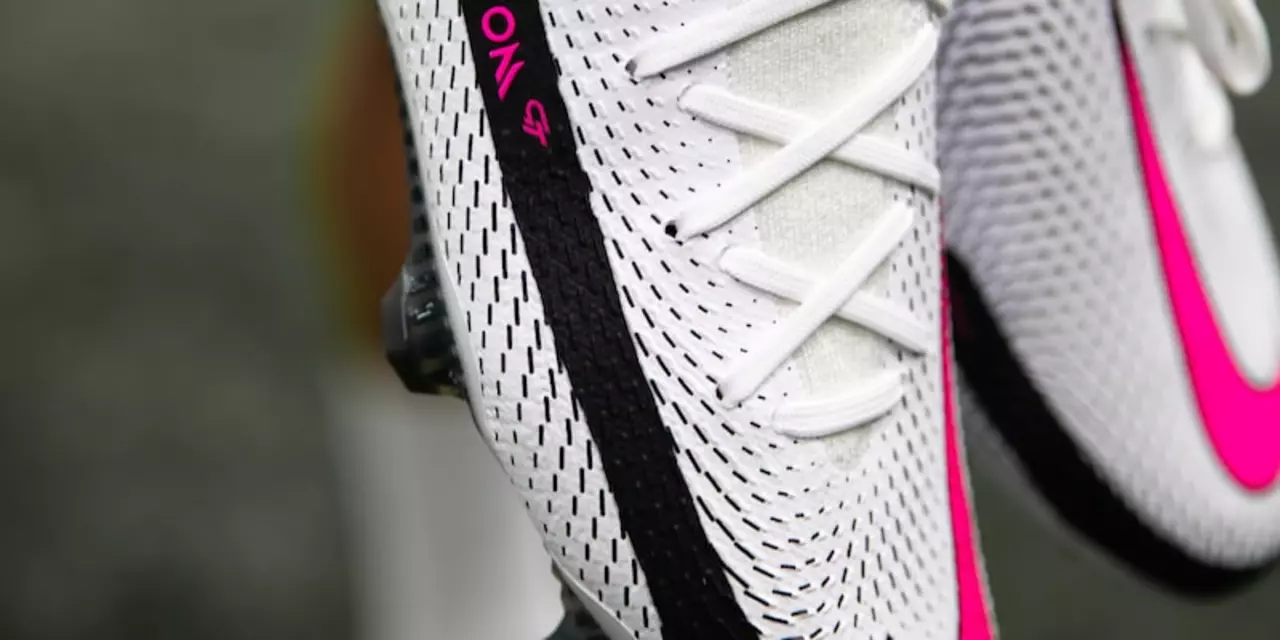Kids Soccer Tips – Simple Tricks to Play Better
Got a youngster who loves kicking a ball around? You’re in the right place. Below are easy, practical ideas that help kids improve their game without boring drills. Each tip can be tried in the backyard, at school, or on a local pitch.
1. Master the Basics First
Before thinking about fancy moves, make sure your child can control the ball with both feet. Simple stop‑and‑go exercises do the trick: have them roll the ball forward, stop it with the sole, then push it back. Do this for a minute on each foot. It builds confidence and foot‑eye coordination.
Another must‑do is the “inside‑foot pass.” Set up two cones about five metres apart and ask the child to pass the ball from one cone to the other using the inside of the foot. Keep the passes short at first, then gradually increase the distance. This routine teaches accuracy and a good passing stance.
2. Make Dribbling Fun
Kids love games, so turn dribbling into a challenge. Place a handful of cones in a zig‑zag line and tell them to weave through as quickly as possible. Time the run and celebrate any improvement. Adding a small reward – a sticker or extra playtime – keeps enthusiasm high.
Another fun drill is “Simon Says” with the ball. Call out commands like “touch the ball with your heel” or “roll it behind your back.” The child has to follow only when you say “Simon says.” This reinforces ball control while keeping the mood light.
Finally, teach the simple “pull‑back” move. Have the child roll the ball forward, then pull it back with the sole of the foot and change direction. It’s a basic way to dodge a defender and can be practiced anywhere.
3. Shooting Made Easy
Most kids think shooting is all about power, but placement matters more. Set up a small goal or even a pair of cones as targets. Ask the child to aim for the left or right side, using the laces of the foot for a clean strike. Start from a short distance, then step back as accuracy improves.
Encourage the “instep” technique: lock the ankle, strike with the laces, and follow through toward the target. This gives both power and control. Remind them to keep eyes on the ball – it’s a habit that makes a big difference.
4. Keep It Positive
Kids learn fastest when they feel supported. Celebrate small wins, like a successful pass or a well‑placed shot, and avoid criticism for missed attempts. If a drill feels too hard, pause, explain it in a new way, and try again.
Involve the whole family when possible. A parent can play one‑on‑one, or a sibling can join a dribbling race. The more fun the environment, the more often a child will want to practice.
These simple steps give any youngster a solid foundation. Start with basic control, add dribbling games, practice easy shooting, and keep the vibe upbeat. Before long, you’ll see confidence grow on the pitch and a bigger smile after each game.

- Feb 14, 2023
- Blaise Kendall
- 0 Comments
Can my kid wear soccer cleats for softball?
It is important for young athletes to wear the right footwear for the sport they are playing. Soccer cleats are designed for playing soccer, while softball cleats are designed for playing softball. Soccer cleats are not suitable for playing softball since they are designed for a completely different type of sport and could result in an injury. Softball cleats have a rounder toe, which creates a wider base for the player, providing more stability and less risk for an ankle injury. Additionally, softball cleats are made with a flat surface to ensure a better grip into the dirt of the softball field. Therefore, it is recommended that kids wear softball cleats when playing softball.